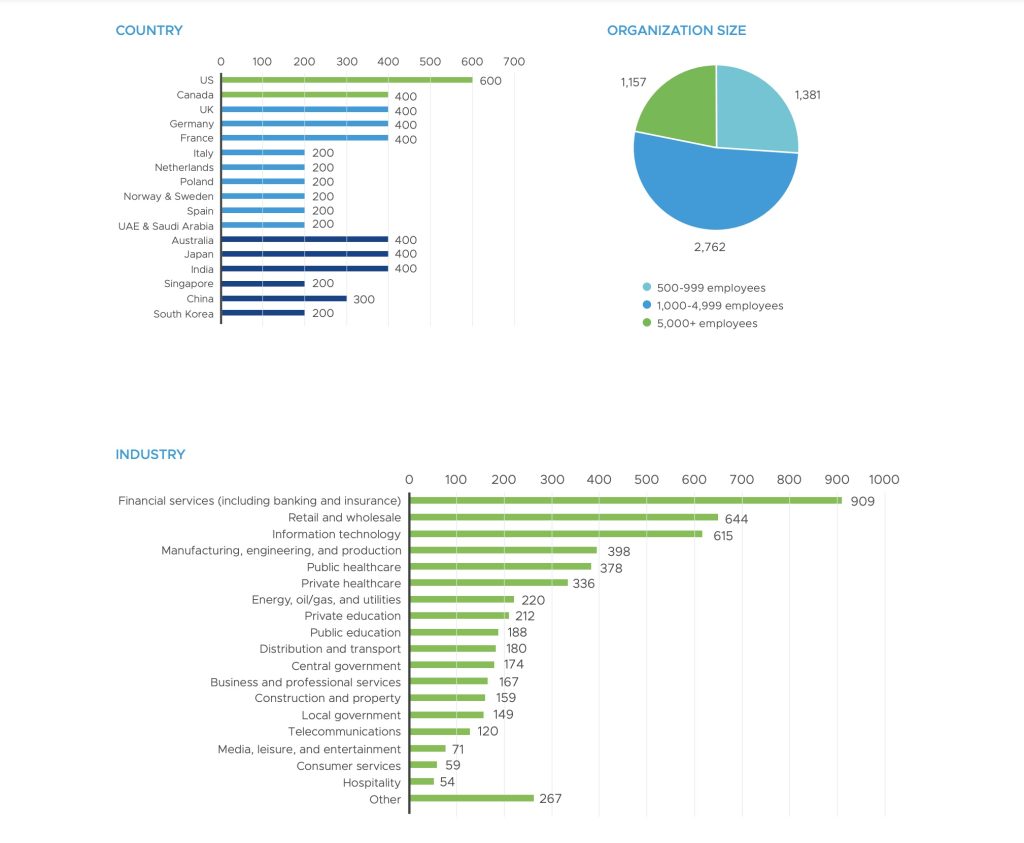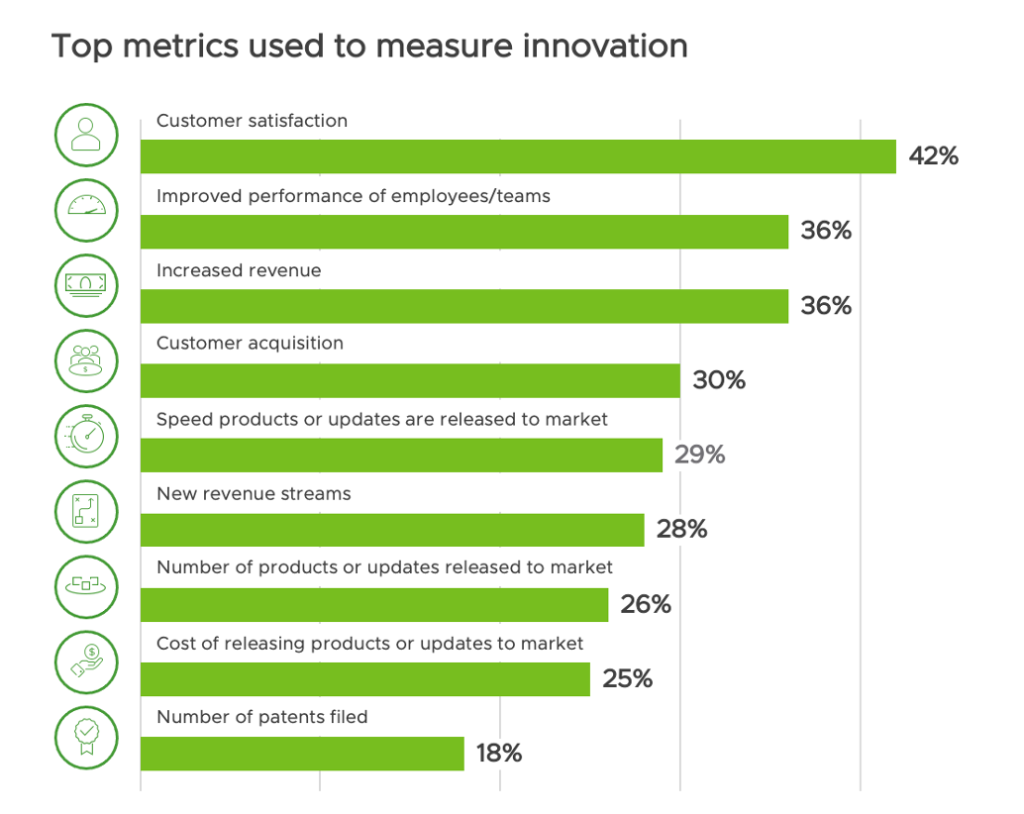Vanson Bourne’s latest global research report, sponsored by VMware, found that 82 percent of people have higher job satisfaction when they can work from anywhere, while 66 percent of organizations believe innovation thrives when employees are in the office.
In July and August 2022, Vanson Bourne surveyed more than 5,300 respondents globally, focusing on HR, IT, and business decision makers, as well as employee-level respondents. The study covers industries and organizations of all sizes, from financial services to private healthcare. Here is a summary of the findings from “The Distributed Work Dilemma: When Innovation and Job Satisfaction Compete,” and our recommendations for increasing innovation in a new era of work. You can access the full report here.

Top 3 hybrid work research survey takeaways
The survey uncovered three key findings from the data:
- Balancing innovation and job satisfaction. Organizations are stuck in limbo. The workforce craves the ability to work flexibly, but businesses believe innovation increases when people are physically together. It is the responsibility of organizations to strike the right balance between offering flexible work and driving innovation. (See related infographic.)
- Power shifts between employers and employees. The Great Resignation and significant talent shortages put employees in the driver’s seat, while the current economic climate is adding a layer of complexity to employer–employee power dynamics. (See related infographic.)
- Automation facilitates anywhere and hybrid work. Automation investments are critical for reducing burnout and facilitating the collaboration necessary to maintain innovation in a distributed environment. (See related infographic.)
How to encourage innovation in a hybrid work world
Organizations are investing in collaboration tools and in-person collaboration days to increase innovation. They found that companies with distributed work and hybrid work environments are the most likely to put metrics in place to measure innovation. One point of intrigue is which metrics are used to measure innovation. The #1 metric used was “customer satisfaction,” with the “improved performance of employees/teams” response ranking #2. “Increased revenue” didn’t come into play until #3, and “number of patents filed” came in last place. We can see that people-centric metrics ranked at the top instead of quantitative-centric metrics, which shows how valuable people — whether external or internal — are for measuring an organization’s innovation success.

Has the power shifted between employees and employers?
Although 53 percent of employees responded: “I will never work for a company that does not offer anywhere or hybrid work policies,” an even larger majority — 62 percent — chose: “the current economic climate will make employees less likely to change jobs.”
Still, the power shift could be tempered by talent gaps and the high turnover organizations are facing. Some 62 percent of organizations are experiencing talent shortages. There was an even higher statistic that stood out in the data: turnover in cybersecurity teams is outpacing the rest. In the last 12 months, 67 percent of cybersecurity teams say turnover has increased. Why is this?
Burnout was highlighted as the top reason for turnover in cybersecurity with “personnel shortages” (38 percent), “number of security alerts” (35 percent), and “lack of investment in cybersecurity departments” (34 percent) ranking as the top three responses.
How automation can defeat the dilemma
With increased turnover and organizations moving to distributed work environments, teams are looking to automation to fill in the gaps. They anticipate the top benefits from automation to include: “improved cybersecurity compliance” (56 percent), “improved employee experience and productivity” (53 percent), “process optimization: faster and lower-cost operations” (50 percent), and “faster incident response” (47 percent).
Overall, 87 percent of organizations have increased their investments in automation over the past two years. The highest increase in investments comes from anywhere work organizations, which have increased their investments by more than 34 percent.
To prepare for the future of anywhere work and mitigate any loss of innovation when employees work remotely, organizations plan to increase investments in digital culture over the next 12 months. One new solution may be found in the VMware end-user computing autonomous workspaces vision, which promotes a hybrid work world that is self-configuring, self-securing, and self-healing.
Read the full Vanson Bourne report here to reap the benefits of our research on the state of hybrid work and innovation.








